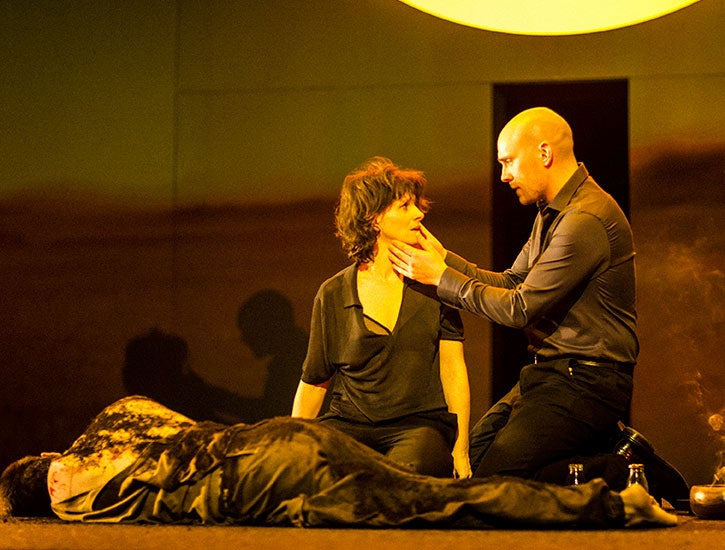“What immediately began to intrigue me when reading the source material was the focus on domestic space; they literally teach you how to make an operating room in a dining room, using a raincoat to cover the table. Before the modern hospital, often the most sterile environment was your own home. Once the idea of surgery and the actual theater of the operation became domestic in my mind, the liminality of the body came next. The body at home is the body in a relationship; it is the barrier between one and other; it is the egress the other is always trying to cross, not just in a physically intimate way, but in an empathetic way. The futile desire to know the other completely is unstoppable; but the metaphorical notion of surgery—of cutting open the other to peer inside—offers a solution. Yet, at the same time, what intrigued me when looking at the slides was that in their images the body, the most personal, individual piece, was unidentifiable. Would you know your lungs or your brain by looking at them in an X-ray? Would you say, ‘Oh look there, that wrinkle in the left lobe, that’s so me?’ Though I want to look inside you, the deeper inside you I look, the more anonymous you become.”
“What immediately began to intrigue me when reading the source material was the focus on domestic space; they literally teach you how to make an operating room in a dining room, using a raincoat to cover the table. Before the modern hospital, often the most sterile environment was your own home. Once the idea of surgery and the actual theater of the operation became domestic in my mind, the liminality of the body came next. The body at home is the body in a relationship; it is the barrier between one and other; it is the egress the other is always trying to cross, not just in a physically intimate way, but in an empathetic way. The futile desire to know the other completely is unstoppable; but the metaphorical notion of surgery—of cutting open the other to peer inside—offers a solution. Yet, at the same time, what intrigued me when looking at the slides was that in their images the body, the most personal, individual piece, was unidentifiable. Would you know your lungs or your brain by looking at them in an X-ray? Would you say, ‘Oh look there, that wrinkle in the left lobe, that’s so me?’ Though I want to look inside you, the deeper inside you I look, the more anonymous you become.”







